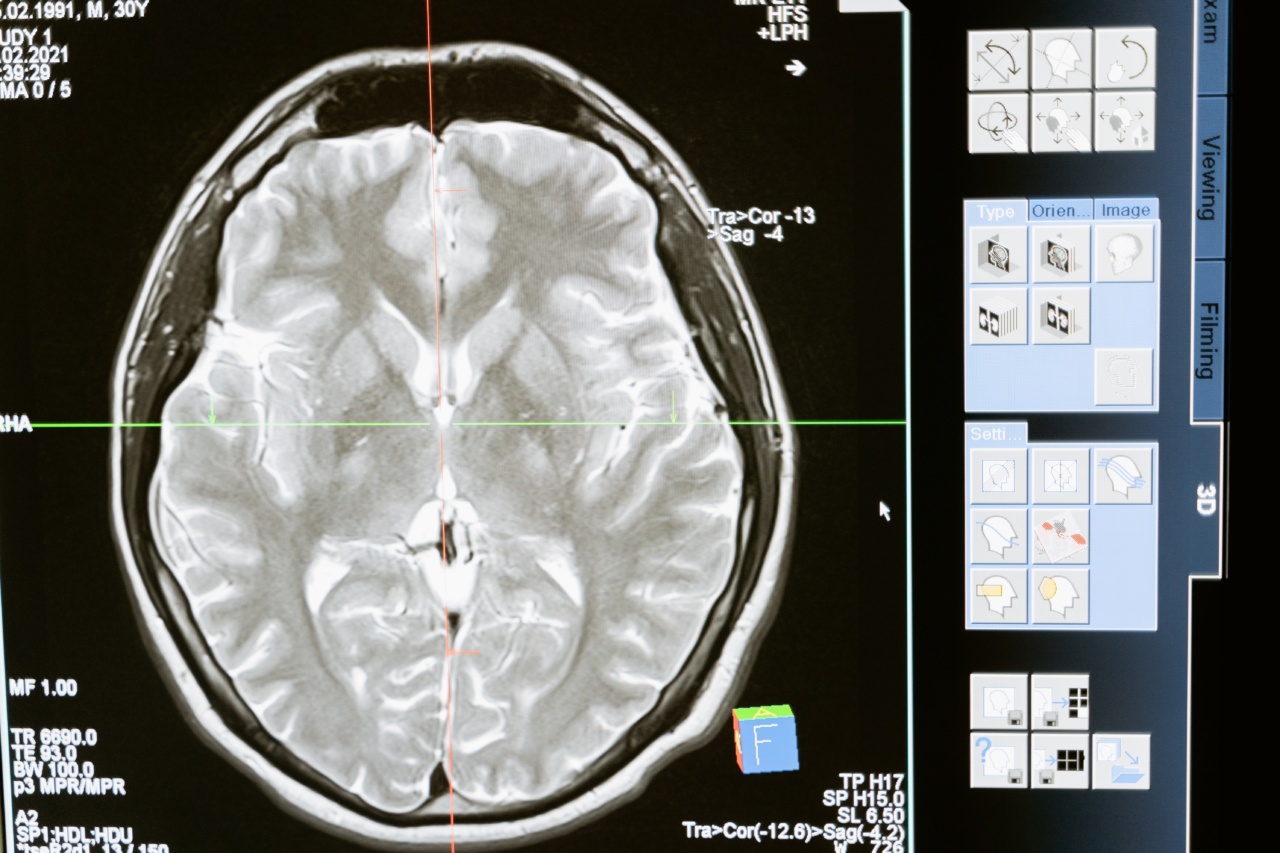When it comes to medical tests, most people don’t give a second thought to the radiation exposure they might receive. However, there are certain tests that can subject us to high levels of radiation.
In this article, we’ll take a look at some of the most common medical tests that can put us at risk for radiation exposure.
Computed Tomography (CT) Scans
CT scans are one of the most common medical tests that involve radiation exposure. CT scans use X-rays to produce images of the body.
Because the images are more detailed than those produced by traditional X-rays, CT scans are often used to diagnose a variety of conditions such as cancers, fractures, and internal bleeding.
However, CT scans do come with a downside: radiation exposure. Because CT scans use higher doses of radiation than other tests, the risk of cancer increases with each scan.
But the risk is small, and doctors only order CT scans when it’s essential for diagnosis or treatment.
Mammograms
Mammograms are X-ray tests that detect breast cancer at an early stage. The test is designed to find any abnormalities that can’t be felt during a clinical breast exam.
Mammograms are the best way to detect breast cancer early, with a higher success rate of treatment when caught early.
However, mammograms use radiation, increasing a woman’s risk of breast cancer slightly. The risk is small but increases with each mammogram taken over a woman’s lifetime.
The benefits of having a mammogram outweigh the risks, and women are recommended to have a mammogram every one to two years after the age of 50.
Fluoroscopy
Fluoroscopy is an X-ray test that produces real-time images of the body’s internal organs. It shows how well the organs are functioning and is often used during surgeries, such as stent placements or catheter placements.
Fluoroscopy tests are very effective at providing high-quality images quickly.
The risks of radiation exposure during fluoroscopy tests are low, as the amount of radiation used is small. However, for people undergoing multiple fluoroscopy tests, the risks of radiation exposure can increase.
It’s important to talk with your doctor and radiologist to understand the risks and benefits of a fluoroscopy test.
Positron Emission Tomography (PET) Scans
PET scans are imaging tests that show the function of cells in the body by using a small amount of radioactive material. PET scans are used to diagnose and monitor the treatment of cancer, heart disease, and brain disorders.
The amount of radiation used in PET scans is more than other imaging tests, but the benefit of diagnosing and treating certain conditions outweighs the risk.
Nuclear Medicine Tests
Nuclear medicine tests are diagnostic tests that use small amounts of radioactive material to produce images of the body’s internal organs and how they function.
The material is typically injected or swallowed and travels to the organs where it is detected by a scanner. The test can be used to diagnose a range of conditions such as cancer, bone fractures, and heart disease.
Depending on the specific test, the amount of radiation exposure can vary. Doctors only order nuclear medicine tests when it’s essential to diagnose or treat a condition.
The risks of radiation exposure are weighed against the benefits, and the doctor and patient make decisions together.
Radiation Therapy
Radiation therapy involves the use of high-energy radiation to destroy cancer cells. The radiation is delivered to the affected area of the body to kill the cancer cells while minimizing damage to the surrounding healthy tissues.
The amount and duration of radiation exposure depend on the type and stage of cancer being treated, as well as the patient’s overall health.
The risk and benefit of radiation therapy are carefully weighed by the patient and doctor. The goal of radiation therapy is to cure or control cancer while minimizing the risk of side effects.
It’s important for patients to understand the risks and benefits of radiation therapy for their specific condition.
Conclusion
Medical tests involving radiation exposure play an essential role in diagnosing, monitoring, and treating a wide range of conditions.
The risks of radiation exposure are carefully weighed by healthcare providers to ensure that the benefits of each test outweigh the risks.
It’s important for patients to talk with their doctors and radiologists to understand the risks and benefits of any medical test involving radiation exposure.
Patients can take steps to reduce their radiation exposure by only having tests that are essential for their health and by only undergoing repeat imaging tests when necessary.


























